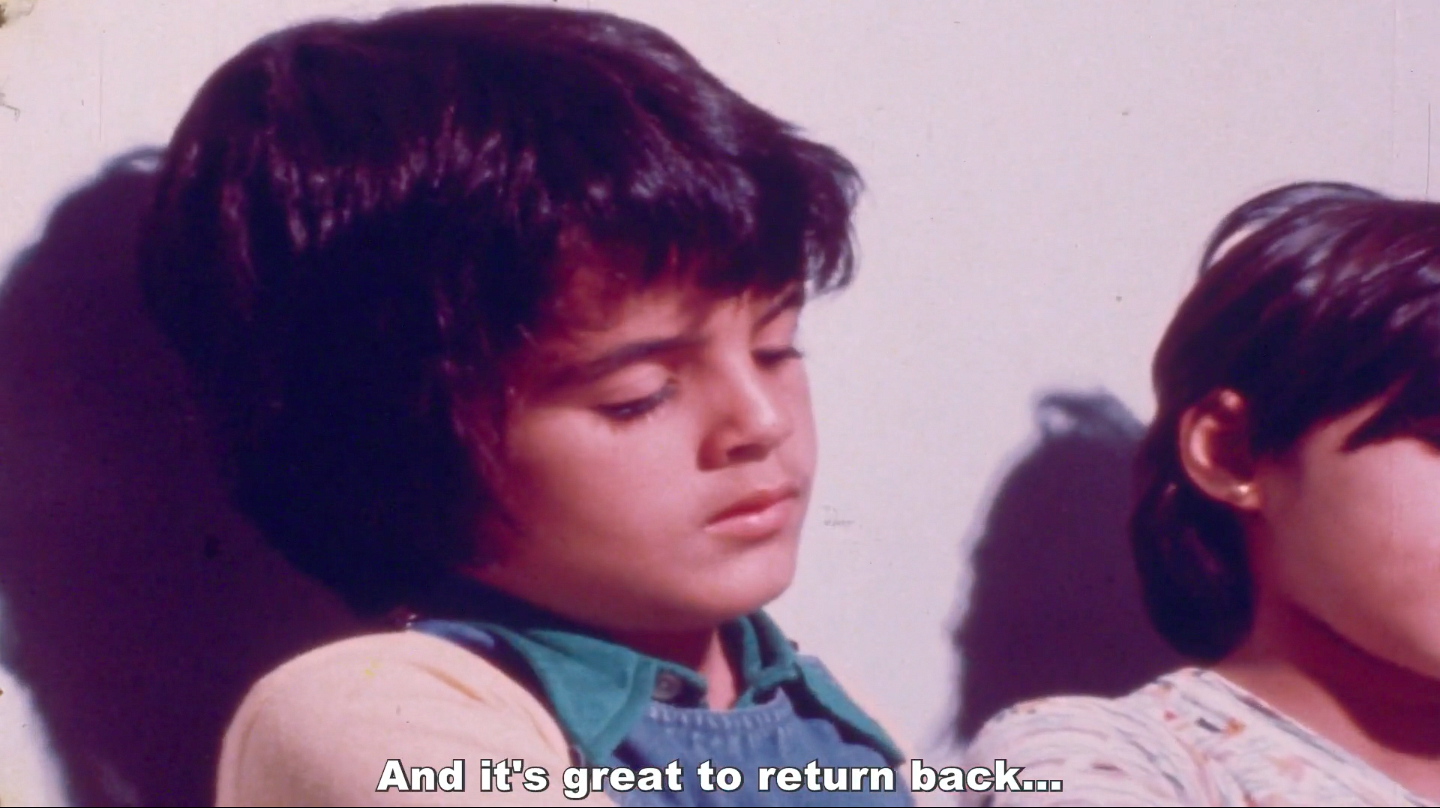Memories for Forgetfulness Elsewhere:
Discussions
Here and Elsewhere: Horizons of Resistance from Palestine
With Irmgard Emmelhainz, Khadijeh Habashneh, Reem Shilleh
Livestream on this page
Q&A available via chat
No registration required
February 15, 2022, 1–3pm
To date, Palestine is the emblematic figure of the problem of her own imaging. This predicament is a fact of Palestinian’s powerlessness to appear as a nation due to the dissolution of territorial frontiers and physical expulsion and extermination of peoples accompanied by the discursive and visual programming of their absence. Looking at the history of the modern figure of Palestine, it becomes evident that it was obliterated since the beginning by the figure of the “Holy Land.” The origins of the Western image of Palestine and Palestinians coincided with the proliferation of travel accounts depicting romantically the trip to the Orient. The pilgrimage to the Holy Land was imbued by a colonial vision in the spirit of a “peaceful crusade.” In such accounts and images, the land is made familiar by making it correspond to texts from the Old Scriptures. Consequently, Palestinians were captured in poses and gestures that reinforced Western perceptions of images and attitudes identical to those described in the Bible. Their images would then be distributed in the West accompanied with quotations from the Bible, as if the land had not changed in 1800 years.
Elias Sanbar has dated the programming of figurative and discursive disappearance of Palestine and Palestinians to have occurred between the years 1917 to 1922, an era pivotal in the narrative that contributed to the formation of the Palestinian figure of the absent. The nineteenth century figure of the Holy Land coincided with the Zionist discourse of the “Promised Land,” and in the twentieth, it became“A land without a people for a people without a land,” which was the formal basis of the creation of the state of Israel. According to Zionist writers, the Palestinians were never there, thus they were disassociated and absent from the territory. During the post-Nakba period, as Edward Said argues, the displaced and dispossessed figure of ”the Arab” had become in Palestine a non-person, and the ”Zionist” had become the only person in the land because of their perceived prejudice of the ”Arab’s” negative personality as Oriental, decadent, and inferior. The Palestinian poet Mahmoud Darwich illustrated the ordeal of the Palestinian absence in the following sentence: “Who am I, Without Exile?” By raising the question in this manner, Darwich describes the geopolitical realities of the Palestinian disappearance from the geopolitical landscape at the representational level. The absence of Palestine is being advanced even today. In an article by Amira Hass, for example, entitled “You Can Drive Along and Never See an Arab,” she describes the road system in the West Bank and Gaza that has been designed in such a way that Israeli citizens and settlers can drive on the roads without ever seeing any “Arabs.”
Efforts to depict Palestinian presence and absence from the inside and from the outside have been conditioned by specific dynamics between appearance and recognition as a part of the global regime of the sensible. These relationships reflect discursive and figurative exchanges between the polarities of a world divided into West and East and how they perceive one another. It is this imaginary imaging of “us” and the “others” that has produced exchanges of gazes conditioned by the global regime of the sensible. The challenges from within are, how to assert a historical presence based on historical absence and the potential for political self-determination while witnessing one’s own ethnic annihilation? Externally, how does one conjure up the absent “others” in order to speak on their behalf?
Here and Elsewhere: Horizons of Resistance from Palestine is one of two discussions accompanying Memories for Forgetfulness Elsewhere, an online film program curated by Irmgard Emmelhainz on e-flux Video & Film. The program streams from November 24, 2021 till February 16, 2022 in five thematic group screenings each two weeks long.
For more information, contact program@e-flux.com.
